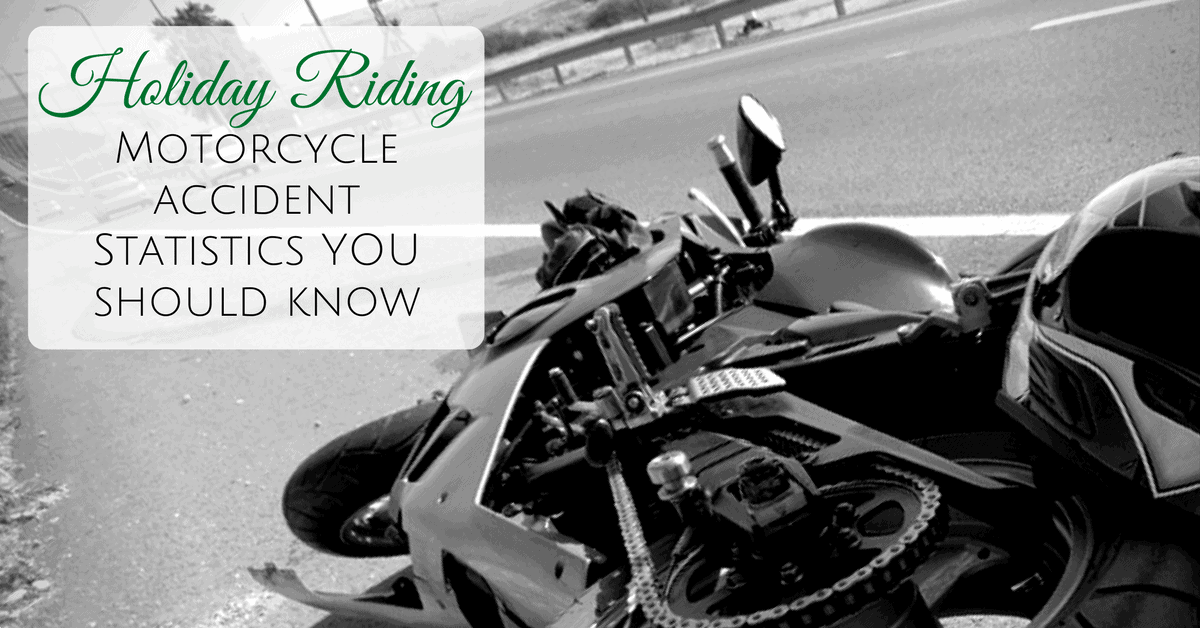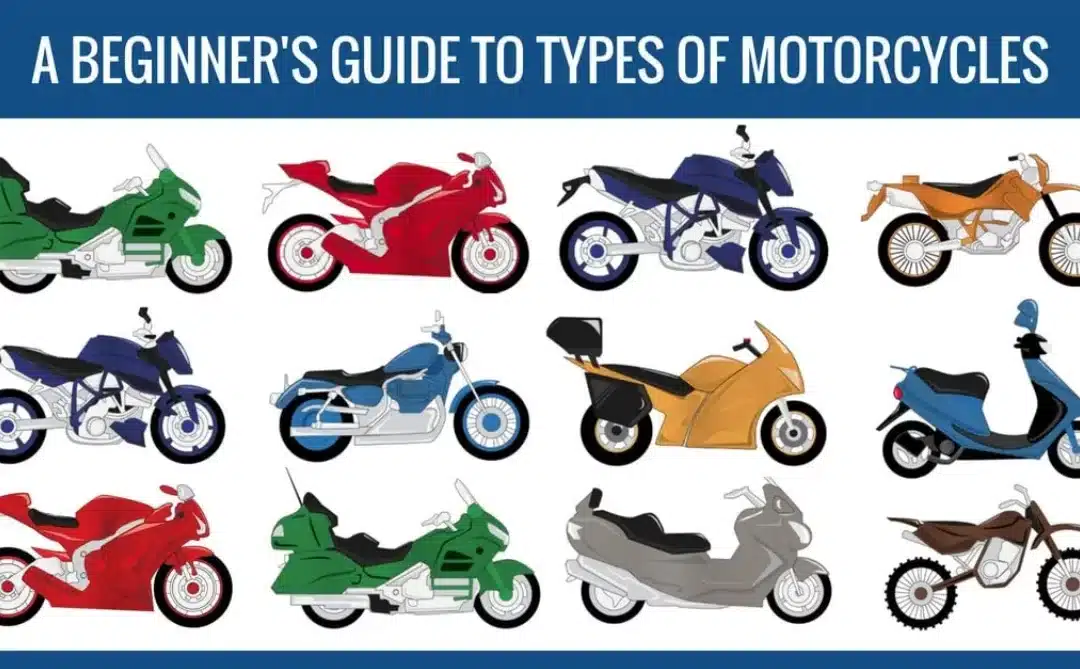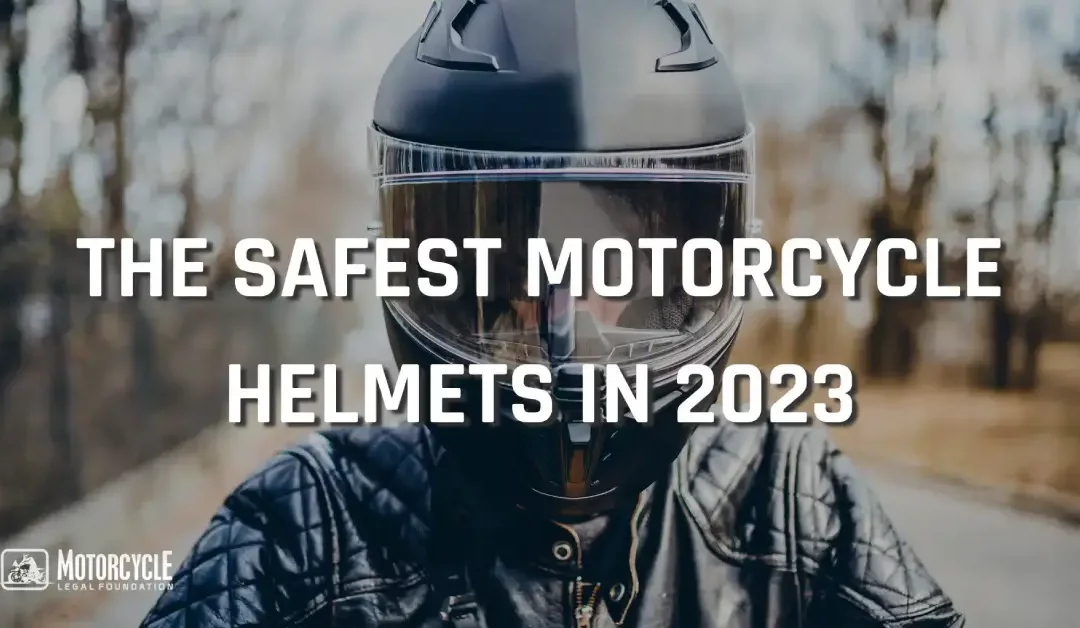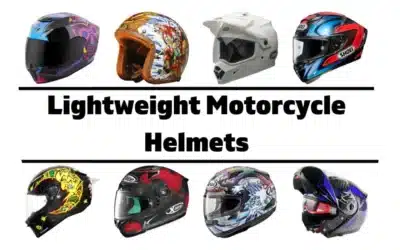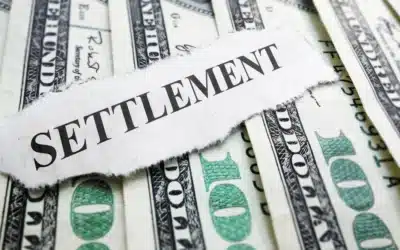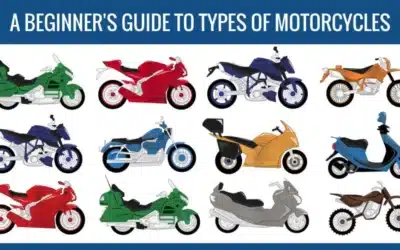Delicious foods, relaxing time away from work, great company – these are the essentials to a great holiday weekend. A time of joy and celebration for many, however, for some it is a time of tragic vehicle accidents concerning motorcycles. During the year the chances of being in an accident on a motorcycle are significantly less than riding in or driving a passenger vehicle. However, due to the less protected nature of a motorcycle, the chances of being injured or worse are nearly double on a motorcycle.
According to the National Highway Transportation and Safety Administration (NHTSA), the number of motorcycle fatalities over the last 6 years (from 2011 to 2016) is 29,164. That number is significant alone, and when compared to the total number of fatalities, motorcyclists contribute roughly 15% to the total lives lost on US roads over the last 6 years.
The NHTSA just released the 2016 accident and fatality statistics. We want to share our diagnosis of the numbers and give you some tips on avoiding becoming an added statistic in 2017 and beyond.
In 2016, 5,286 motorcyclists were killed while riding. The three states that yield the highest number of fatalities are California, Texas, and Florida with a total of 1624 deaths, contributing approximately 30% to the total number of motorcycle fatalities in 2016.
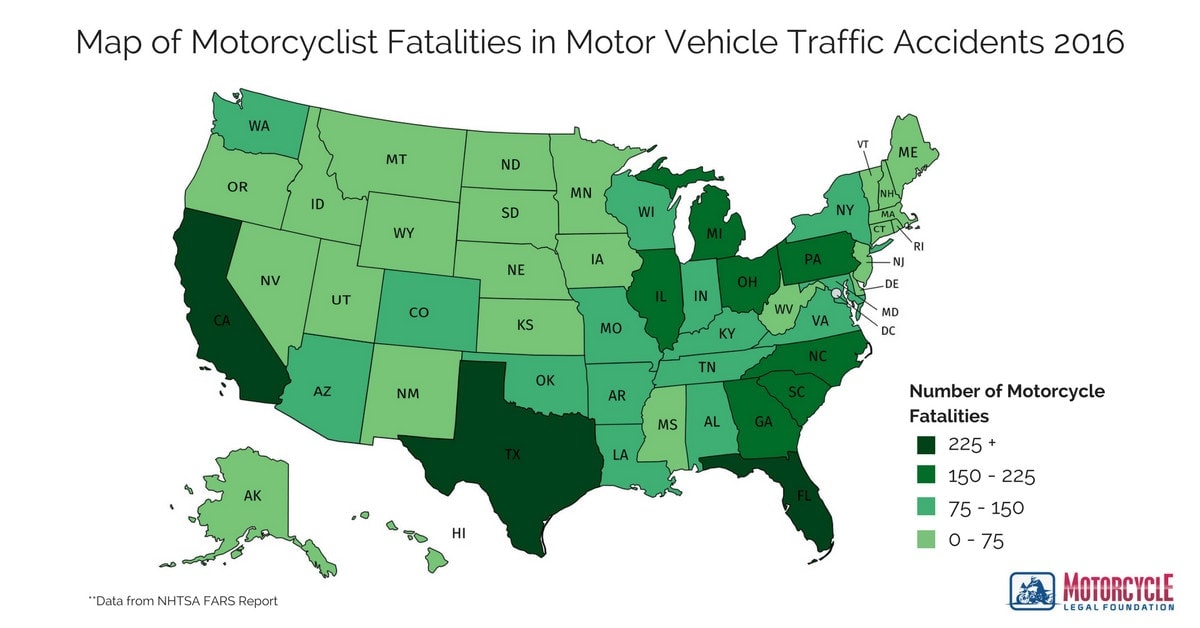
Of the 5,286 fatalities, 24.8% were indicated as under the influence and/or had been previously drinking. That shows that roughly a quarter were impaired from alcohol and the other three-quarters had other causes that lead to the accident. Based on that information, can you guess which holiday had the most accidents and injuries occur?
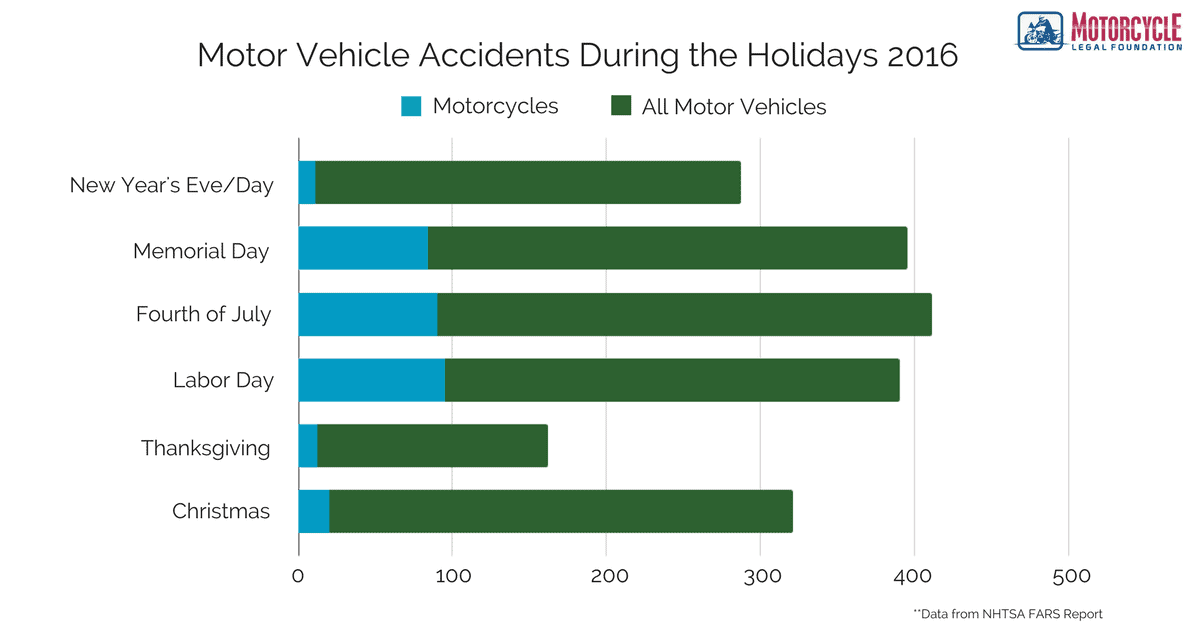
For the holidays during 2016, these were the motorcycle fatalities for each major holiday:
- New Year’s Eve/Day – 11 fatalities during a 2-day time frame
- Memorial Day – 84 fatalities during a 3-day time frame
- Fourth of July – 90 fatalities during a 5-day time frame
- Labor Day – 95 fatalities during a 4 day time frame
- Thanksgiving – 12 fatalities over a 5 day time frame
- Christmas – 20 fatalities during a 4 day time frame
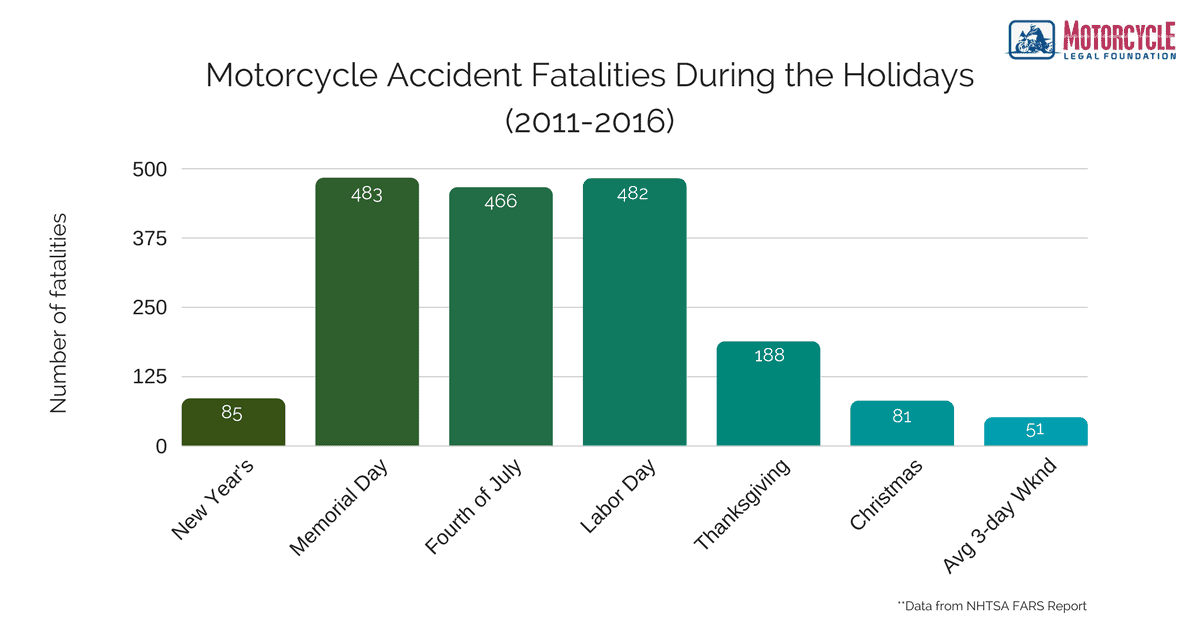
As you would expect, the warmer temperatures in the summer months bring out more motorcycles to ride in better weather. The data from the last 6 years consistently shows that the summertime holidays provide more fatal accidents to the total and there are key days at each holiday that contribute more for the holiday weekend than others.
Winter weather tends to reduce the chances of riding as it can contribute to hazardous roads, but 25% percent of fatalities during the wintertime holidays involved alcohol consumption. Comparing the average three-day weekend to six of the major holidays, there is a definite trend that holidays at any point during the year have more motorcycle fatalities. One factor that remains during the holidays, whether weather is good or bad, alcohol consumption is prominent during holiday celebrations.
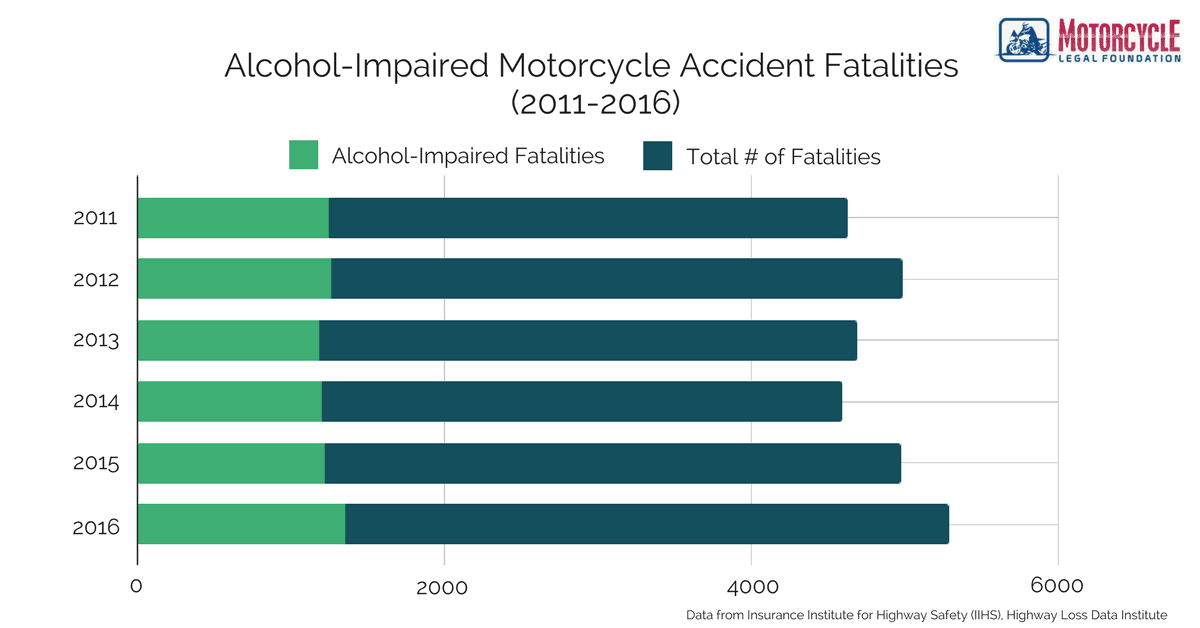
So how can you avoid danger on the road and be more prepared to ride all year? One simple tip would be to limit drinking if you plan to ride your motorcycle, or to not drink at all. According to a study completed by the NHTSA in December 2007, drinking as little as one drink has an effect on your ability to ride a motorcycle.
Here are some key takeaways from the 2007 study:
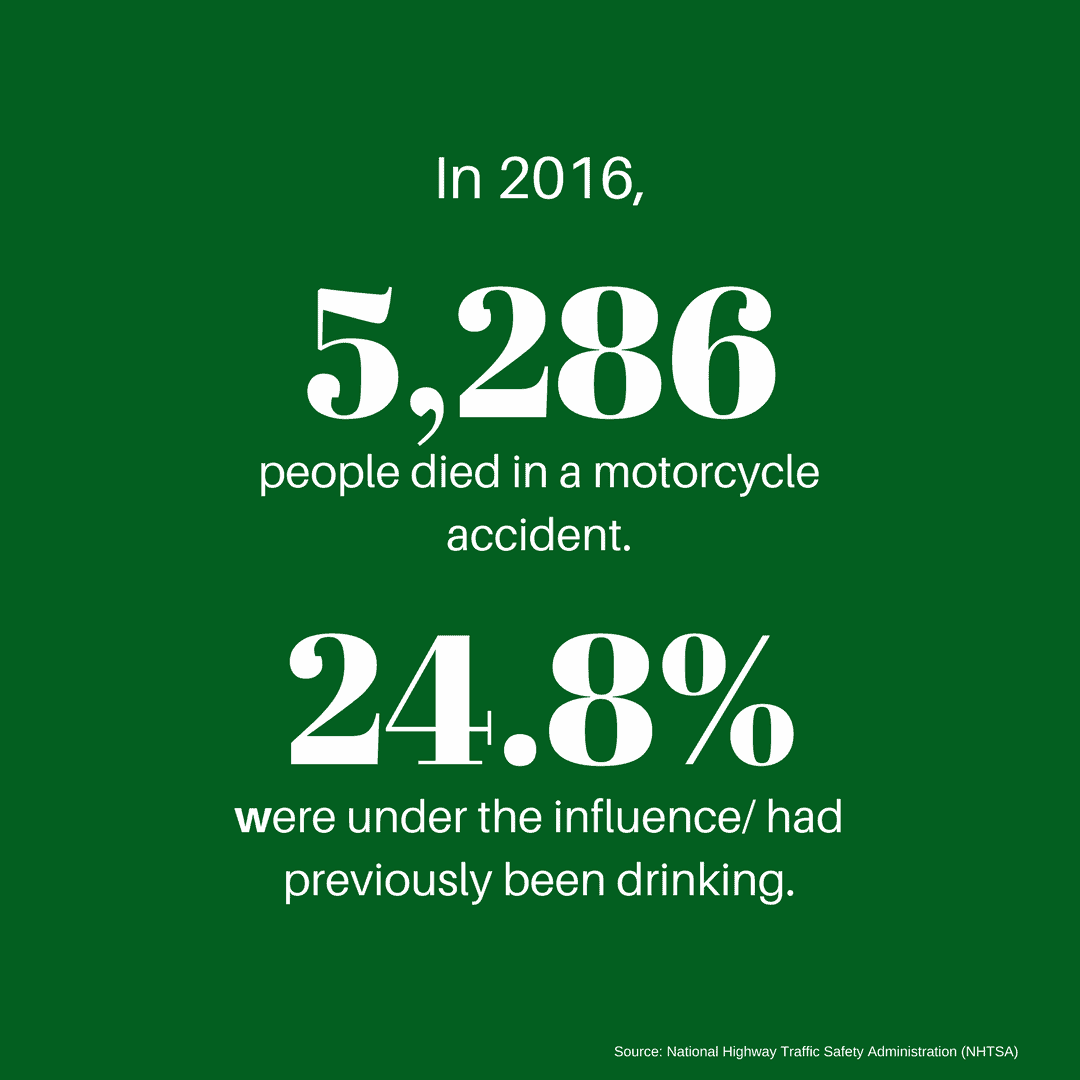
- Participants in the hazard avoidance task, where a warning was provided when the rider was 1.5 seconds away from the hazard, had slower reaction times compared to a sober rider.
- Riders in the hazard avoidance task, where a warning was provided when the rider was 2.5 seconds away from the hazard, passed at a closer distance to the obstacle than a sober rider.
- For both hazard tasks, riders turned in the wrong direction more often in the highest level of blood alcohol level tested.
- In the curve circuit task, all alcohol conditions tended to have faster maximum speeds and increased variability in speed in the circuit. Riders with higher alcohol levels were also more likely to cross outside the curve circuit boundaries.
With the data at hand, it’s clear and easy to say warmer weather leads to more riders on the road and a higher likelihood of accidents and fatalities. Alcohol has been shown to affect your ability to ride, whether it’s avoiding a hazard, stopping quickly, or safely riding through a curve. The key is to ride as safely as possible at all times, and alcohol should be avoided if you plan to ride a motorcycle. The holidays are to be a time of celebration, so let’s make sure to do our best to ride safely and get to the next ride of the year.

